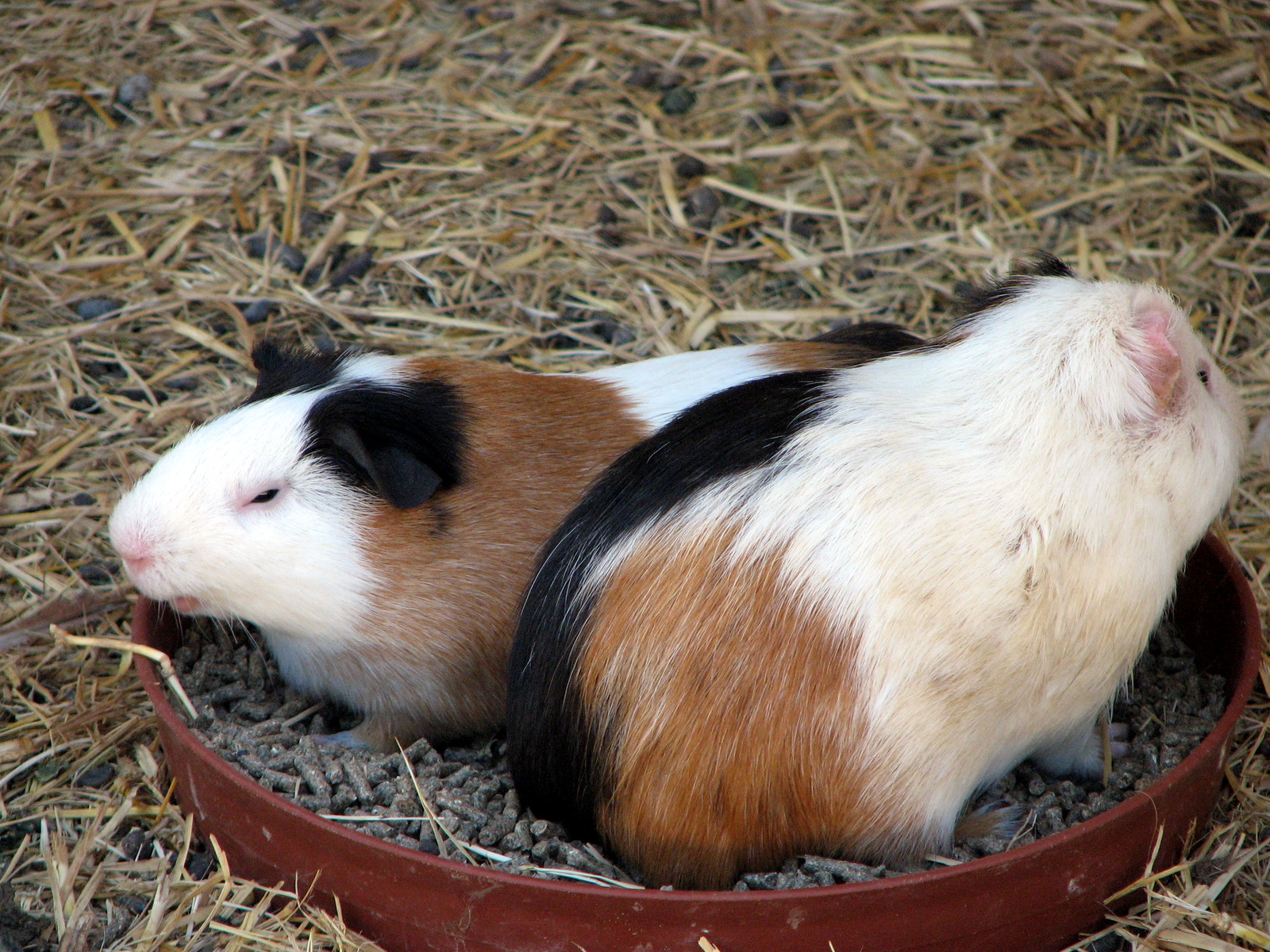
Can Guinea Pigs Eat Kale?
Guinea pig owners know that our pets can be picky little eaters sometimes. They also seem to eat non stop. Guinea pigs often get bored with their food if their dish contains the same old pellets and veggies day after day. The insatiable appetite of guinea pigs along with their sometimes picky palette can make keeping them satisfied challenging.
When you visit the produce aisle of your local grocery store or are browsing at the farmer’s market, the bushy green kale leaves are easy to identify. As you choose your produce for the week, with your guinea pigs in mind, you may wonder if adding some kale in along with the other lettuce and greens you use to supplement their diet will do the trick and keep your piggies happy.
How Much Kale Can Guinea Pigs Eat?
Kale is a type of cabbage although it doesn’t come in heads like other cabbage. Like cabbage, Kale is a good source of many different vitamins including vitamins A and C, and manganese.
As long as your guinea pig’s diet is a well balanced blend of high quality pellets, fresh drinking water, and basically unlimited grazing grass or hay, it’s okay to add Kale. Feeding Kale once or twice per week should not cause a problem for your piggie. As always, if you suspect that your guinea pig is having a problem with its calcium intake, seek the advice of a professional veterinarian as soon as possible.
Remember alfalfa hay is higher in calcium content than timothy hay. Also some pellets contain more calcium than others. If you are unsure of what pellets to feed, ask your vet to recommend a feed that is lower in calcium content.
Is Kale Bad for Guinea Pigs?
Kale itself is not going to harm your guinea pig. Unfortunately it’s fairly high in calcium. Unlike humans, guinea pigs absorb nearly 50% of their calcium intake, that’s a much higher rate than humans. Guinea pigs can’t absorb and use all that calcium. This can lead to calcium deposits that form bladder stones. So the danger isn’t the Kale, it’s a build up over time of too much calcium in your guinea pig’s little body. Stones are inoperable for guinea pigs and can be fatal.
You may have heard about people spending time in the sun to get more vitamin D. Vitamin D can help with the absorption of calcium so it is used by the body rather than deposited where it can form stones. This process works the same way for people and guinea pigs.
If your piggie is having issues with calcium absorption, your vet may recommend adding foods high in vitamin D to your pet’s daily diet or that you expose your guinea pig to direct sunlight on a daily basis. If exposure to direct natural light is not feasible, your vet may suggest you use a sunlight bulb over the pen for up to twenty minutes daily to help your guinea pigs absorb more vitamin D.